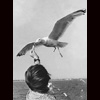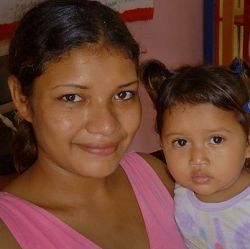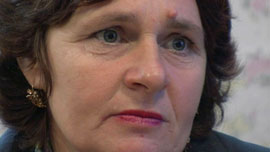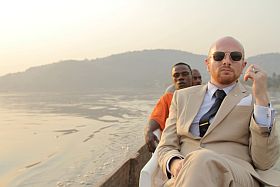


CPH:DOX November 3-13
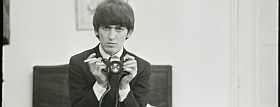
It is impossible – with a short text – to introduce the programme of the Copenhagen International Documentary Film Festival. It is overwhelming to sit with the newspaper catalogue in your hands, putting small X’es for what you want to see, knowing already now that this is not possible. Not realistic. I have found some clips from the website text made by the festival people themselves to help you understand what this – in many ways original and innovative – festival (also) is about. If it appeals to you, make your own surfing on the site:
”CPH:DOX, Copenhagen International Documentary Film Festival, is the largest documentary film festival in Scandinavia. Each year the festival fills the Copenhagen cinemas with a selection of more than 200 documentary films from around the world. CPH:DOX is devoted to supporting independent and innovative film and presents the latest tendencies in non-fiction, art cinema and experimental film. CPH:DOX also presents art exhibitions, concerts, five whole days of professional seminars, a screening market and an international financing and co-production event CPH:FORUM.”
”Featured across the international competition programmes are new work by artists and auteurs such as Rirkrit Tiravanija, Michael Palm, Jesper Just, Petra Bauer, and Philippe Grandrieux (Artist in Focus at CPH:DOX 2009), as well as the World Premieres of Esperando el Tsunami by Vincent Moon (also Artist in Focus at CPH:DOX 2009) and Gary Tarn’s The Prophet, the European Premiere of Gary Hustwit’s Urbanized – and many more.
Guest Curators are Nan Goldin and Ben Rivers & Ben Russell
Last year we invited special guest curators Harmony Korine and Animal Collective feat. Danny Perez to present selected films. This year we are pleased to the present I’ll Be Your Mirror curated by Nan Goldin, and A Spell to Ward Off the Darkness curated by Ben Rivers and Ben Russell.
Artists in Focus: Charles Atlas and Raphaël Siboni & Fabien Giraud
Charles Atlas is premiering the work-in-progress of his and Antony’s Turning at CPH:DOX. We celebrate by screening a selection of his earlier work in a special Artist in Focus programme.”
And then of course Kossakovski, Herzog, Wenders, Glawogger… and Scorcese with his new film on George Harrison (photo).


